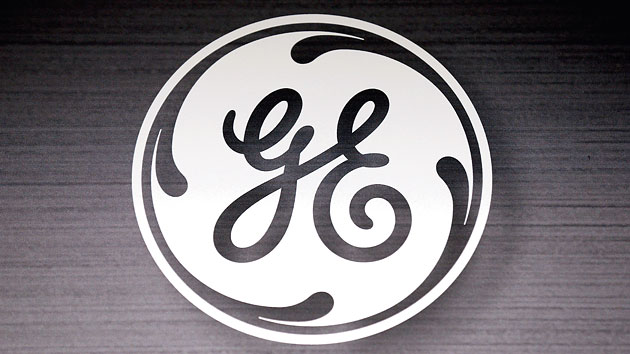General Electric, the iconic industrial corporation of the late 20th century, once a sprawling conglomerate renowned for its management prowess, is making a final break with its storied past.
The 129-year-old company announced on Tuesday that it planned to break itself into three publicly traded businesses, the latest effort to simplify its business and lift its stagnant stock price.
In a conference call with analysts, H. Lawrence Culp, an outsider brought in as chief executive three years ago, described the planned breakup as a “defining moment” for G.E. and the culmination of his effort to remake it as a “more focused, simpler, stronger high-tech industrial company.”
G.E.’s plan is to spin off its health care division in early 2023, and its energy businesses a year later. That would leave its aviation unit as its remaining business, which would continue to be led Culp.
In speaking to analysts, Culp also portrayed the move as being in step with the times, as other industry conglomerates have streamlined. The spinoffs, he said, “heightens focus and accountability” and “just makes everybody better.”
Industrial conglomerates have fallen out of favour with investors. In the last few years, G.E.’s big German rival Siemens has spun off its health care and energy businesses. And Honeywell International, another wide-ranging industrial company, has sold off some operations.
But none have undergone as drastic an overhaul as G.E. has planned. Under Jack Welch, who led the company for two decades until 2001, G.E. added to its portfolio, especially building up a huge finance arm. The assumption was that G.E. cadre of managers were the best in the world, and there was easy money to be made on Wall Street.
But buildup backfired when the financial crisis hit in 2008. G.E. was the nation’s largest nonbank financial institution at the time, and the company was caught in the credit crunch. Its then-chief executive, Jeffrey R. Immelt, moved to drastically pare back the big finance unit, GE Capital. But struggles and surprises continued in the financial business, and in a big power-generation business, which overexpanded and misread demand.
NYTNS











